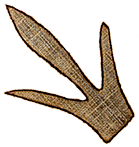 MENU
MENU
 MENU
MENU
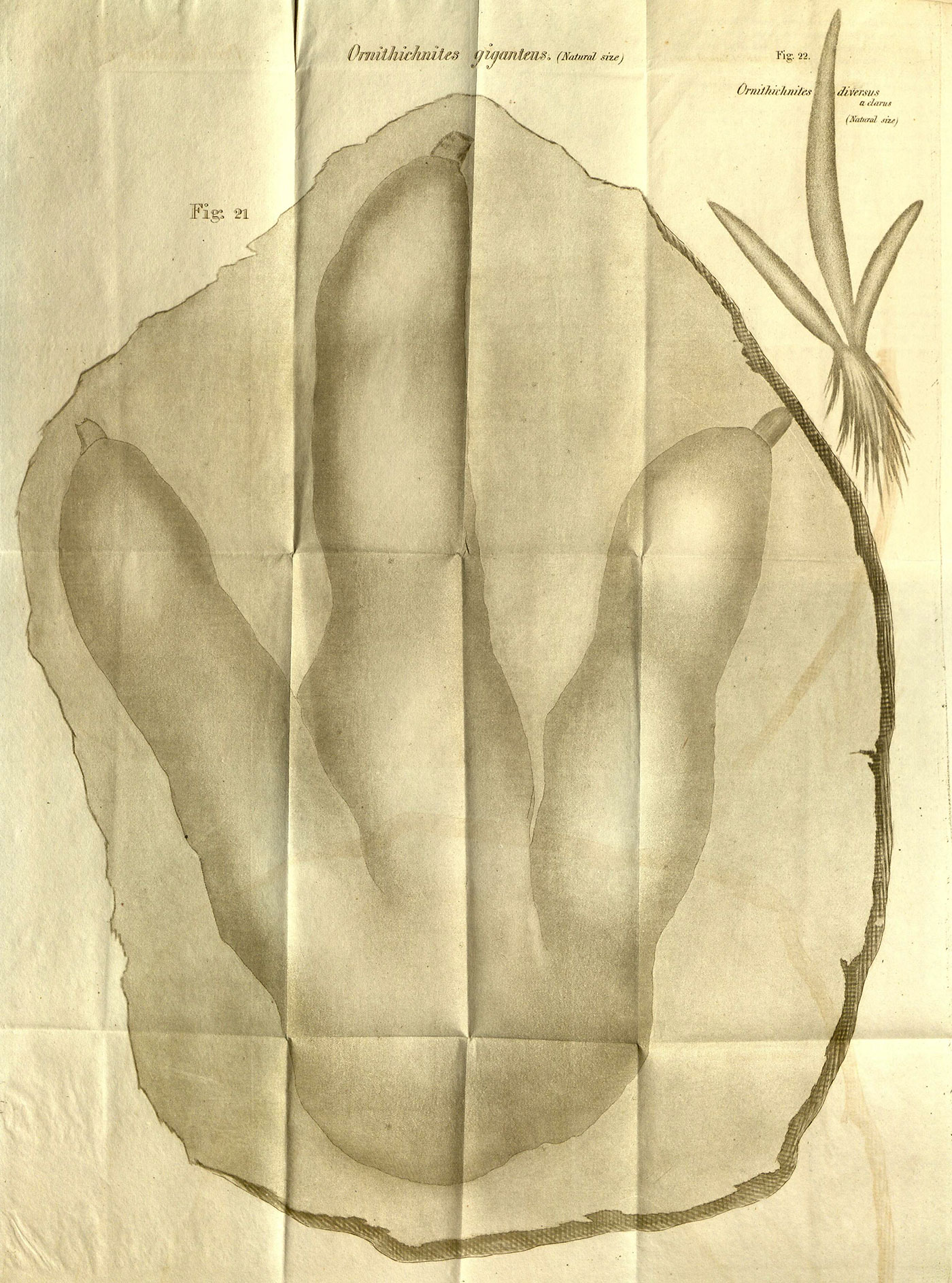
Hitchcock insisted that this drawing of a fossil footprint be reproduced at actual size in a foldout in the American Journal of Science in January 1836, to impress upon readers the shocking dimensions of some of the footprints. Image courtesy of American Journal of Science.
Sometime in May of 1835, Edward Hitchcock went to Greenfield to see the "fossil bird tracks" that Dr. James Deane had written to him about in early March, the ones Dexter Marsh had found in a sidewalk flagstone. Hitchcock agreed that it looked as if strutting birds had left their 3-toed footprints in muddy silt or wet sand that had hardened into rock ages and ages ago.
As he looked further, Hitchcock found more and more of these impressions, some of them enormous. What modern bird had feet 17 inches long?! This big-footed ancient avian must have become extinct. While the footprints weren't fossilized "hard parts," such as skeletons and shells, they seemed to be a kind of fossil, too, in the sense that they preserved the past in rock. A new kind of paleontology would be needed to interpret them—and Hitchcock was just the man to do it. He called the study of fossil "bird tracks" ornithichnology (ornith=the Greek root for bird, ichnology= the study of fossil traces).
By July, Hitchcock was preparing an article about the tracks for the American Journal of Science. When he learned from the journal's editor, Benjamin Silliman, that Dr. Deane had sent a letter about the tracks for publication, Hitchcock asked Silliman to wait for his article instead. As a professional geologist, he knew more and could do a better job than the amateur Deane. Since publication is important for establishing priority of discovery, Hitchcock wanted to make sure his work received the credit it deserved. Silliman had been a mentor to Hitchcock since the beginning of his career and had great faith in him. He set Deane’s letter aside, reminding Hitchcock to “do justice” to the doctor for his role.
After months of hard work, in January of 1836, the American Journal of Science published Hitchcock’s article, one of the first–and certainly the most thorough to date—about fossilized tracks anywhere and the first about the birdlike tracks in Massachusetts and Connecticut. Silliman had originally planned to accommodate an article of 10 pages, but it turned out to be 33 pages of text plus two pages of illustration. At the bottom of the article's first page, Hitchcock thanked Dr. Deane for “point[ing] the tracks out” to him.
Thus, Edward Hitchcock was the first to publish a scientific paper on the distinctive 3-toed fossil footmarks of the Connecticut River Valley. In the eyes of the scientific world, he was their discoverer.
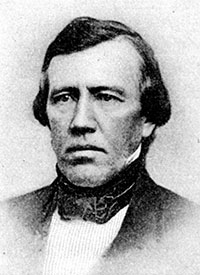 James Deane
James Deane
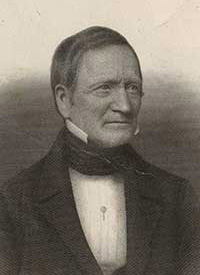 Edward Hitchcock
Edward Hitchcock
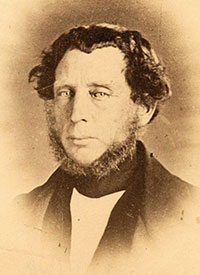 Dexter Marsh
Dexter Marsh
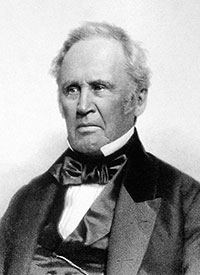 Benjamin Silliman
Benjamin Silliman
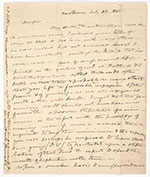 Benjamin Silliman's Letter to Edward Hitchcock, July 22, 1835
Benjamin Silliman's Letter to Edward Hitchcock, July 22, 1835
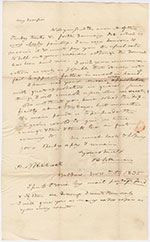 Benjamin Silliman's Letter to Edward Hitchcock, November 5, 1835
Benjamin Silliman's Letter to Edward Hitchcock, November 5, 1835
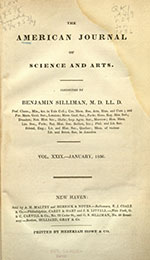 "Ornithichnology—Description of the Foot marks of Birds", American Journal of Science, January 1836
"Ornithichnology—Description of the Foot marks of Birds", American Journal of Science, January 1836
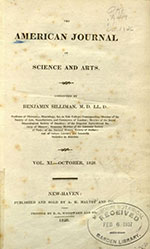 The American Journal of Science
The American Journal of Science